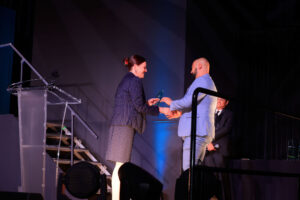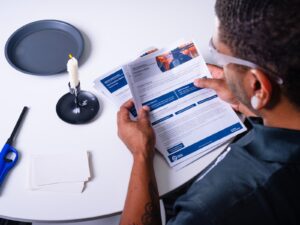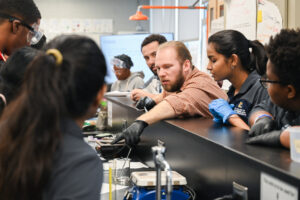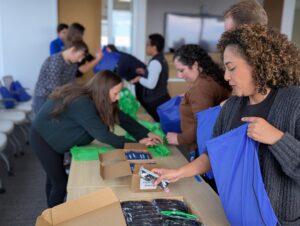How Did NASA Address Battery Safety in Space After the Columbia Shuttle Incident?
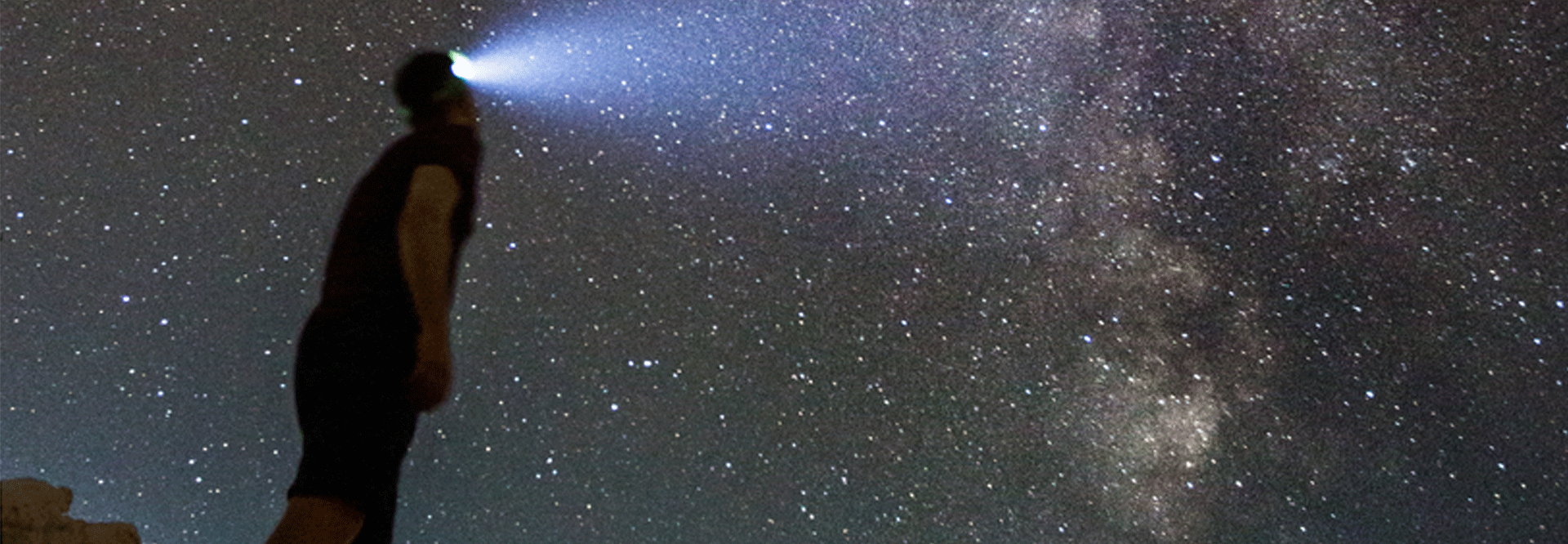
On Feb. 1, 2003, the world woke up to the saddening breakdown of NASA’s Columbia space shuttle as it reentered the Earth’s atmosphere, minutes away from landing at the Kennedy Space Center in Florida. Seven crew members lost their lives in the 28th and unfortunate final journey of the 12-year-long space mission. A structural breach in the left wing of the space shuttle led to pressure loss inside the cabin, eventually leading to its explosion. The catastrophe led to the reevaluation of the risk assessments and safety standards of space travel.
Learn more about the Columbia space shuttle incident
Batteries in space
One of the risk factors involved in space travel is the use of batteries. Batteries run everything — from equipment in the spacecraft to life support systems on astronaut spacesuits. For missions close to home, NASA currently uses rechargeable lithium-ion (Li-ion) batteries to power its vehicles. Incidentally, our mobile phones and laptops on Earth are also run by Li-ion batteries. These batteries store more power than their forerunners of the same size; hence they are lightweight and portable sources of energy.
Unlike on Earth, where we can rely on thermal or hydroelectricity to recharge our devices, spaceships and space stations use sunlight to do so. These batteries can power the vehicle even when sunlight is blocked by another celestial object. Apart from common issues such as overcharging, a battery in space is exposed to extreme temperatures and turbulence. Overheated batteries lead to fires, which can be disastrous in the oxygen-rich environment inside the vehicle. Low temperatures can affect the chemical reaction taking place inside the battery and cause malfunction (read how NASA is prepared if a battery ever explodes in space)
Why do we need battery safety?
Researchers are constantly trying to improve the efficiency and safety of Li-ion batteries, given their widespread application both above and below the sky. Dr. Judy Jeevarajan, vice president of research for the Underwriters Laboratories Electrochemical Safety Research Institute, is a leading global expert on battery safety.
Jeevarajan worked at NASA as the battery group lead for safety and advanced technologies for over a decade, responsible for space flight battery approval. She is driven by her passion for safety.
“I was there (at NASA) during the Columbia (space shuttle mission) days, and the accident was very heartbreaking,” Jeevarajan recalls. “So my goal was to make sure that we never took any shortcuts … I was very passionate about making sure that we were safe and I actually had data to show to people that this is what happens if you don’t have the safety precaution or control.”
Thanks to dedicated scientists like Jeevarajan, NASA was able to develop batteries for safe space flight. No battery-related space emergency has occurred so far, and the chances of an unpredictable battery defect occurring is a remote possibility!
If Li-ion batteries are safe and powerful enough to support vehicles in space, how cool would it be to use them for vehicles down on Earth? Imagine a future where we no longer have to depend on fossil fuels and can be kinder to our environment. During her time at UL Research Institutes, Jeevarajan has contributed tremendously to the development of safe, affordable and functional batteries for electric vehicles, much like her endeavors in space travel!
PUBLISHED
